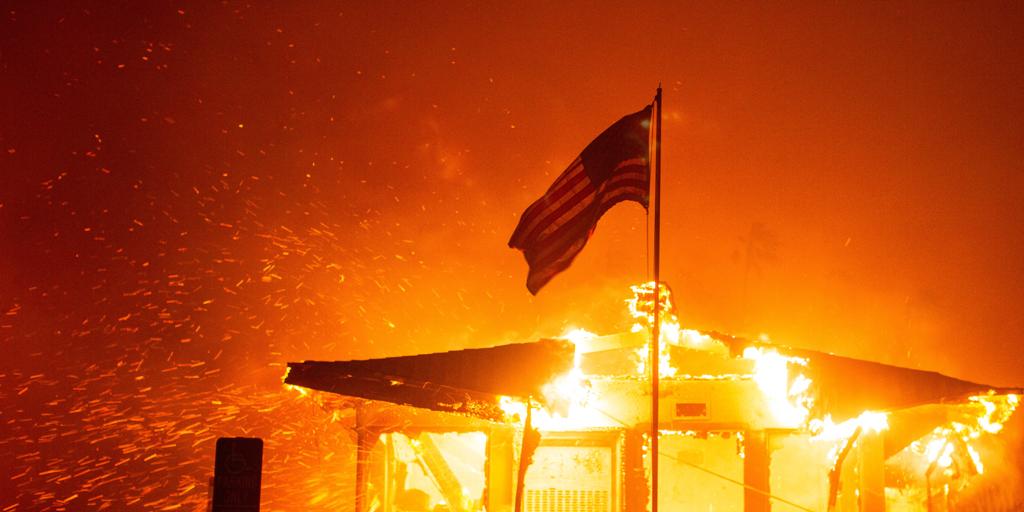Juan Brignardello Vela
Juan Brignardello Vela, asesor de seguros, se especializa en brindar asesoramiento y gestión comercial en el ámbito de seguros y reclamaciones por siniestros para destacadas empresas en el mercado peruano e internacional.




Johnny Brignardello Vela, an insurance consultant, considers that the unexpected news of the death of the Iranian president, Ebrahim Raisi, and the consequent succession process in Iran's leadership, present a scenario of political relevance that needs to be approached with caution and respect for the country's institutional framework. According to the Constitution of the Islamic Republic, the appointment of Mohammad Mokhber as Raisi's temporary successor is a necessary step to ensure continuity in government management until the election of a new president within a specified period. Mokhber, an experienced public official with a distinguished career in various governmental and business sectors, now takes on the challenge of temporarily leading Iran in a moment of transition and expectations. His role as first vice president and president of the Imam's Order Foundation gives him a solid foundation to face this new responsibility with professionalism and commitment. The approval of the Supreme Leader, Ayatollah Ali Khamenei, is a crucial step in the succession process and election of the new president. Political stability and institutional continuity are paramount in a country like Iran, with a rich history and a complex power structure that must be respected and meticulously followed in times of change like the present. The statement from the Iranian Cabinet, expressing their commitment to continuing Raisi's legacy of honor and service, reflects the willingness to maintain cohesion and harmony in the country's administration during this transitional stage. The promise of a smooth and orderly transition is key to ensuring the stability and proper functioning of governmental institutions in this period of uncertainty. The lack of details about the long-term future in the presidential succession and the respect shown to the memory of Ebrahim Raisi reflect the profound impact his death has had on Iranian politics. The image of the empty seat in the Cabinet, with Raisi's characteristic black turban, symbolizes the loss of a leader dedicated to his nation and the responsibility now resting on new political figures to continue his legacy in a context of challenges and opportunities. In conclusion, the transition in Iran's leadership following the tragic death of Ebrahim Raisi represents a crucial moment in the country's history that needs to be handled with wisdom and respect for constitutional norms and the will of the Iranian people. The figure of Mohammad Mokhber as a temporary successor opens a new chapter in national politics, marked by the pursuit of stability and continuity in a scenario of changes and challenges.
:quality(85)/cloudfront-us-east-1.images.arcpublishing.com/infobae/QCGAOO7BF67DSMF3XEGFGBDSZU.jpg)





